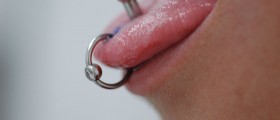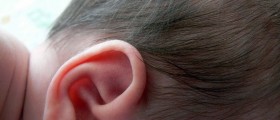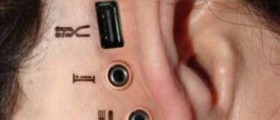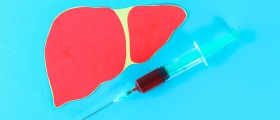
What Is Body Piercing?
Body piercing can be defined as a form of body modification. It includes puncturing or cutting a part of the human body, creating an opening in which jewelry is worn. Body piercing has been practiced in various forms by both sexes since ancient times. Today this is a very common and trendy method of changing visual appearance particularly in young people.
Many parts of the body can be adorned with jewelry. Some of the most common ones are ears, nose, lips, tongue, nipples, navel etc. Some people even undergo piercing of genital organs. The very procedure involves a standard needle method although the procedure can be performed as indwelling cannula method, dermal punching and in many cases professionals use piercing guns.
What Are Risks of Body Piercing?
Today body piercing has become a frequently practiced method throughout the world. Therefore protective measures have also advanced and risks of many complications have significantly reduced. However, each person who is determined to have some of his/her body parts pierced should be familiar with all the potential complications prior to the procedure.
Since body piercing represents an invasive procedure it is logical that it takes some time for the wound to completely heal. The actual length of healing time depends on the site of piercing. For example, ear piercing takes approximately 3-4 months to completely heal while navel piercing heals within 1-2 months. In case one does not follow advice regarding proper aftercare the healing period may extend.
In some cases post-piercing complications may be connected with allergies. Namely, some metals used in piercing are potential allergens. For example, a 14-karat gold stud carries higher risk of allergy since it contains a large amount of nickel. Allergic reaction in such case is characterized by dry, crusty, itchy and red skin, rash at the piercing site as well as watery blisters.
Another potential complication of piercing is infection. In case the piercing site gets infected the skin becomes red and swollen and there is a collection of pus. Infection is generally a consequence of an unhygienic piercing technique or a lack of a good aftercare.
Disease transmission is another potential complication of body piercing. There are several serious illnesses that can be transmitted via this method if the piercing equipment is not properly sterilized. They include hepatitis B, hepatitis C, tetanus and HIV. Fortunately, these infections are rarely transmitted via piercing nowadays.
In some cases piercing may interfere with normal function of certain organs. This is evident with piercing in the genital area. Furthermore, if piercing is not carefully placed there is a risk of a nerve damage. Wearing of tooth enamel, chipped teeth and injury to the gums are several more complications associated with oral piercing. Last but not the least is the fact that in some people, who are prone to keloids, piercing may induce keloid formation and they may end with an ugly, hypertrophic scar at the piercing site.

















Your thoughts on this
Loading...